It’s natural to compare the new-kid-on-the-block Sony 20mm f/1.8 to the excellent Zeiss Loxia 21 mm f/2.8. Here’s a test with both lenses mounted on an a7RIV aimed at a low-contrast Siemens Star at about 8 meters, with the star in the center and the lower left corner. I used AF-S for the Sony, and manual focusing for the Loxia. In each case I made three shots at each setting, focusing anew for each shot, and picked the best. This method calibrates out focus curvature. Developed in Lightroom with sharpening set to amount 20, radius 1, detail 0, which is quite a bit less than Lr’s default sharpening. White balanced to the gray surround of the target. They are presented at about 250%.
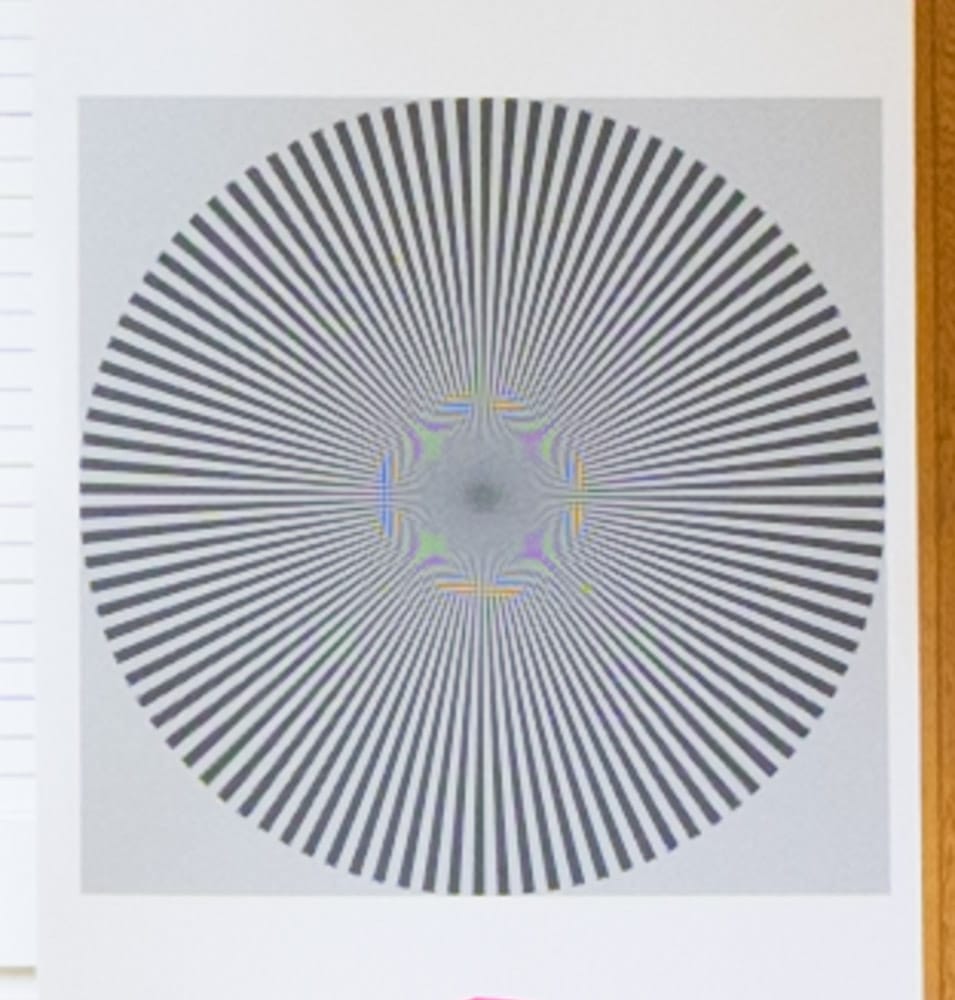
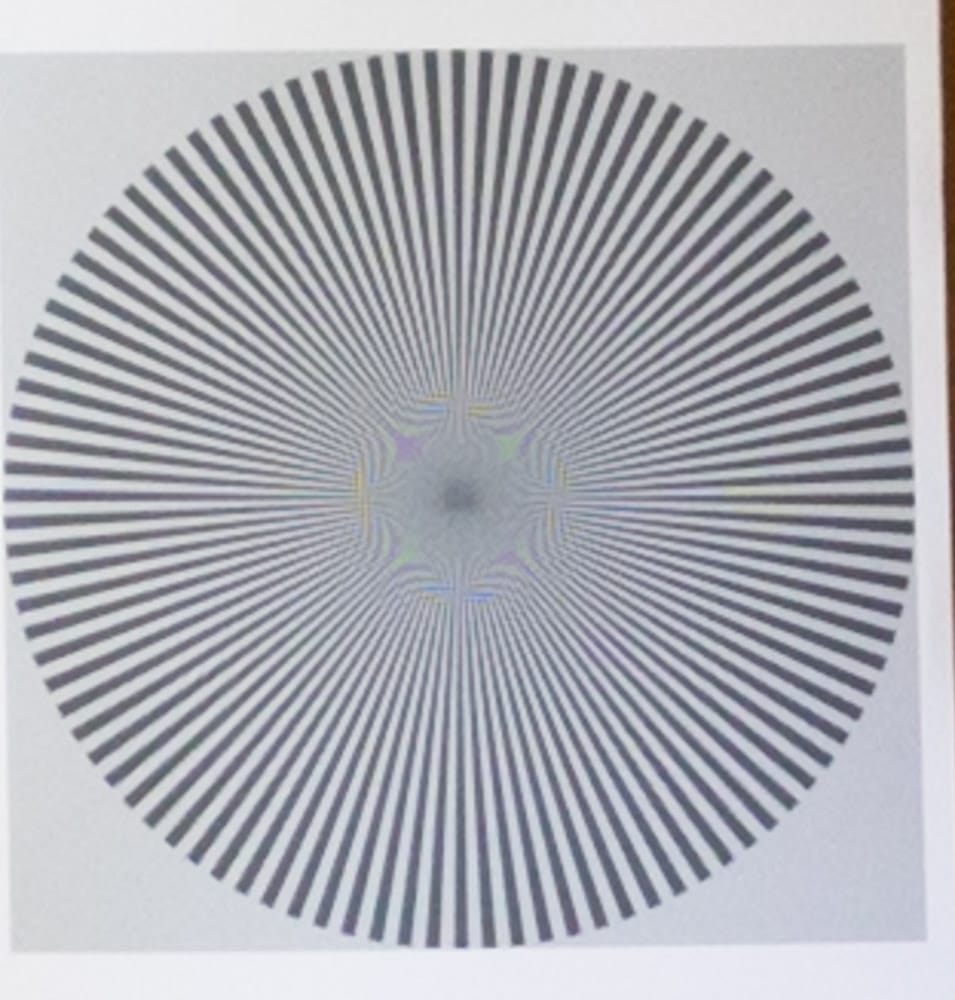
The Sony lens is a bit higher in contrast.
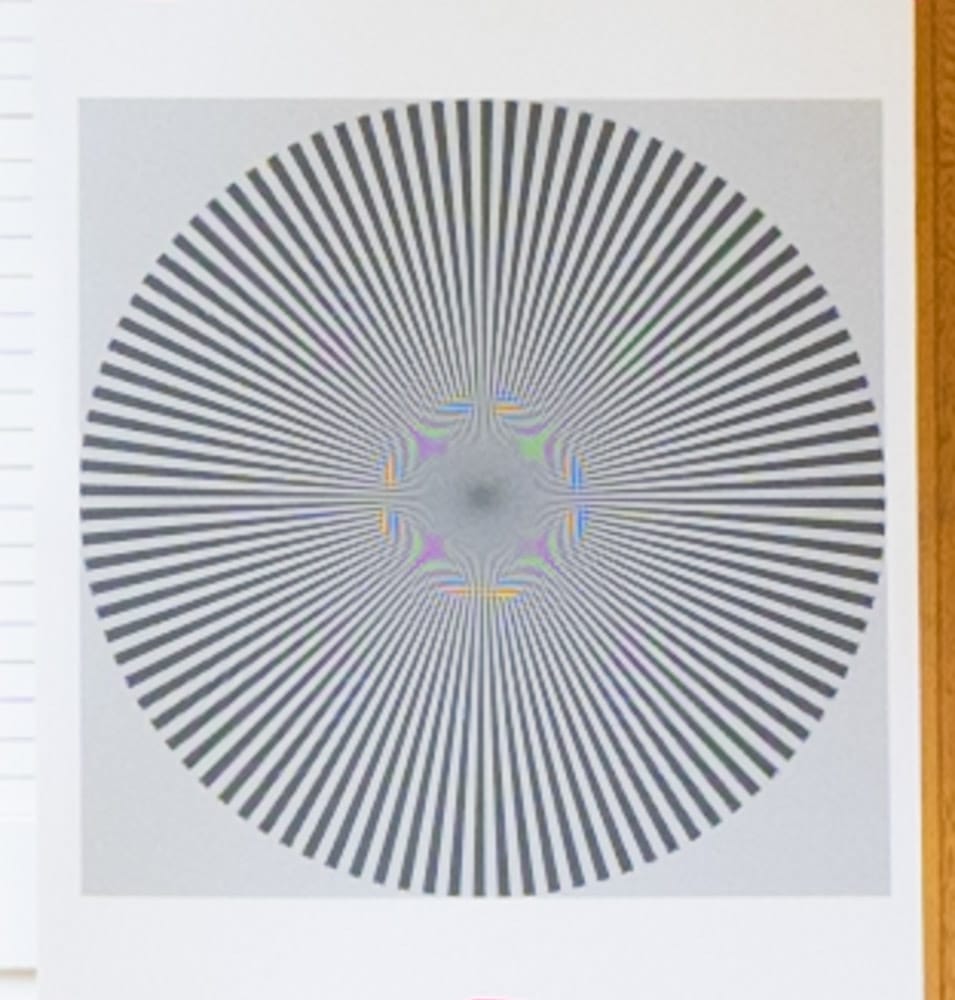
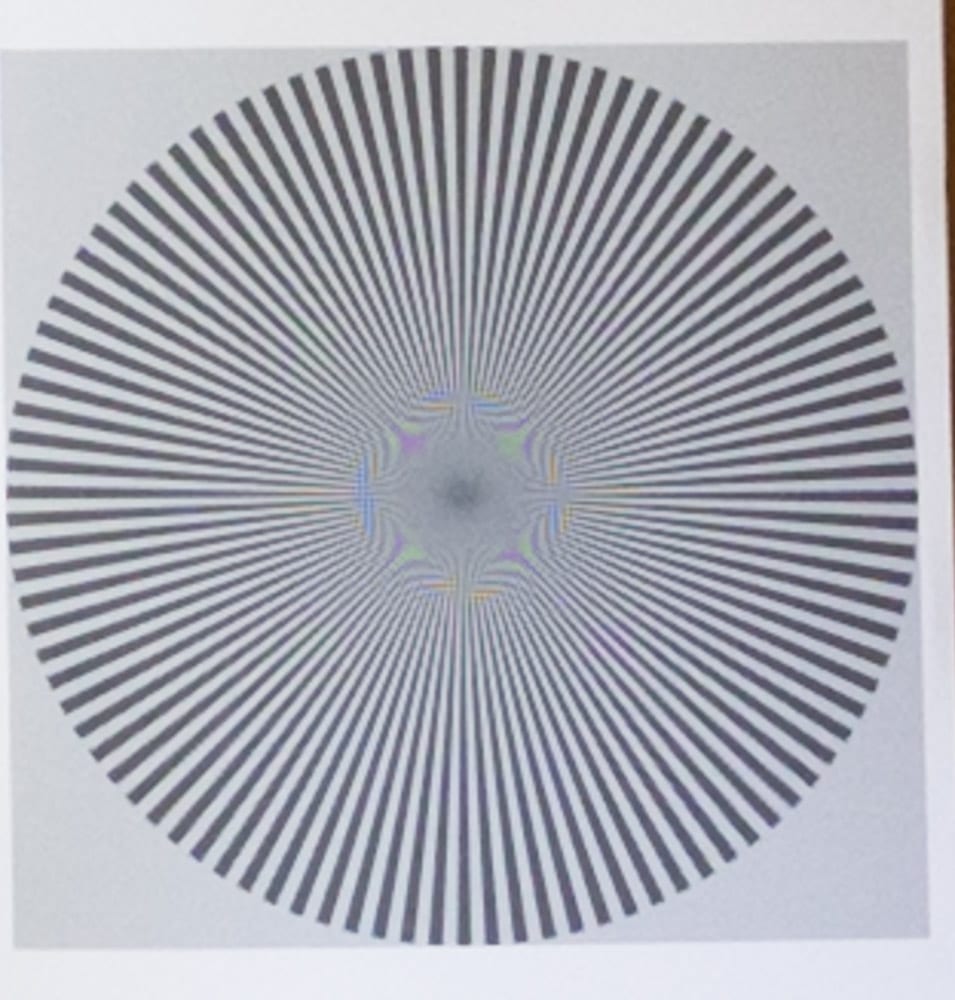
Pretty close to a wash.
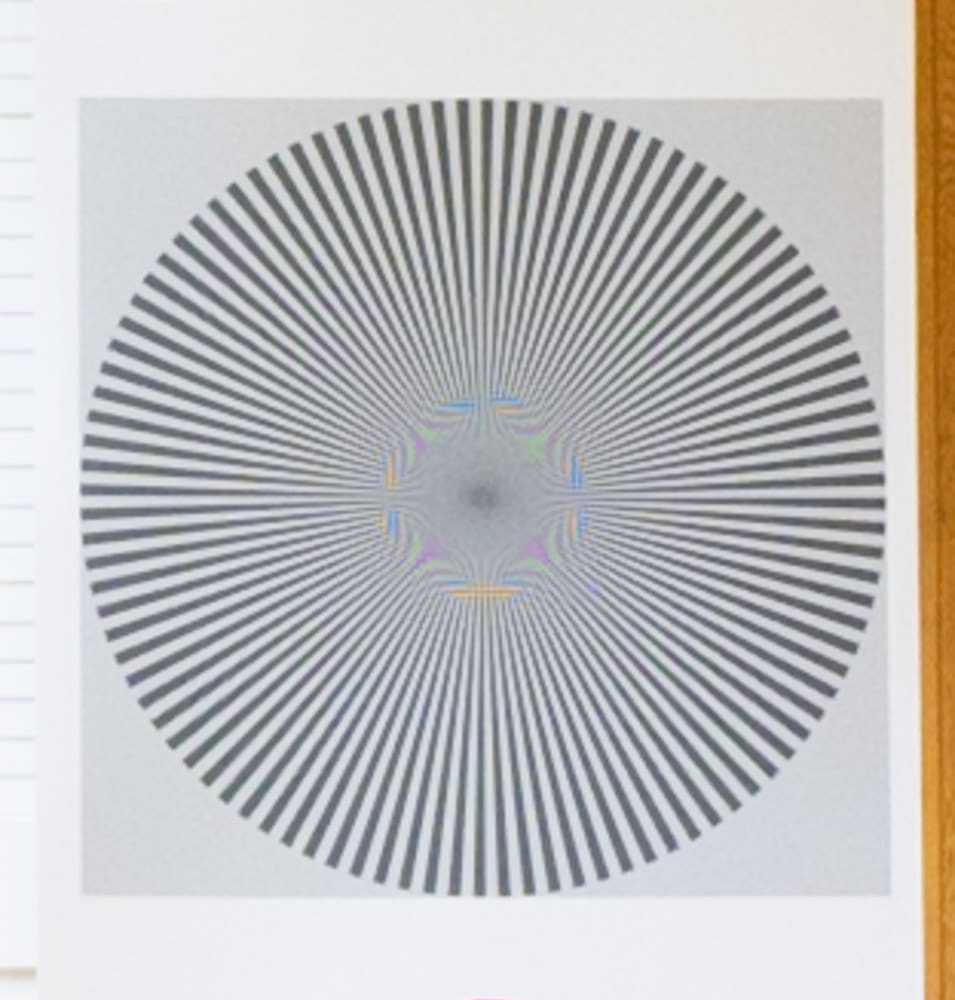
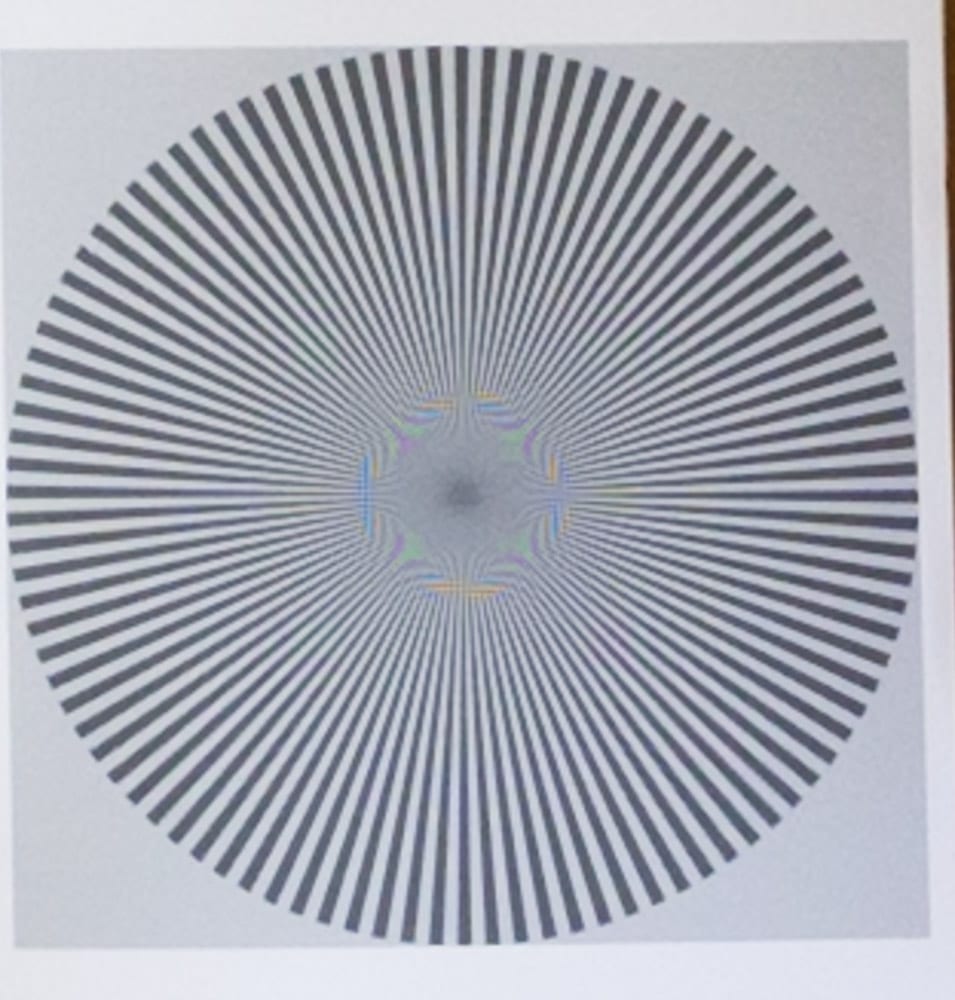
About the same.
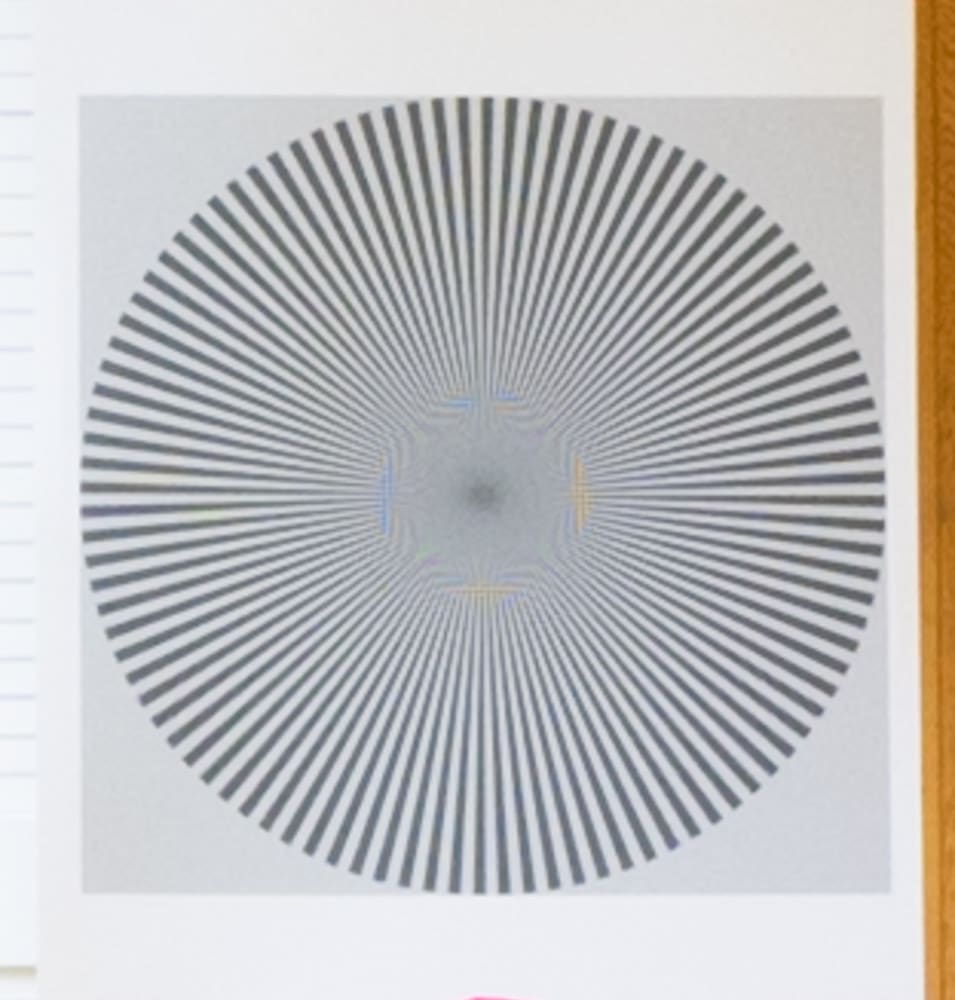
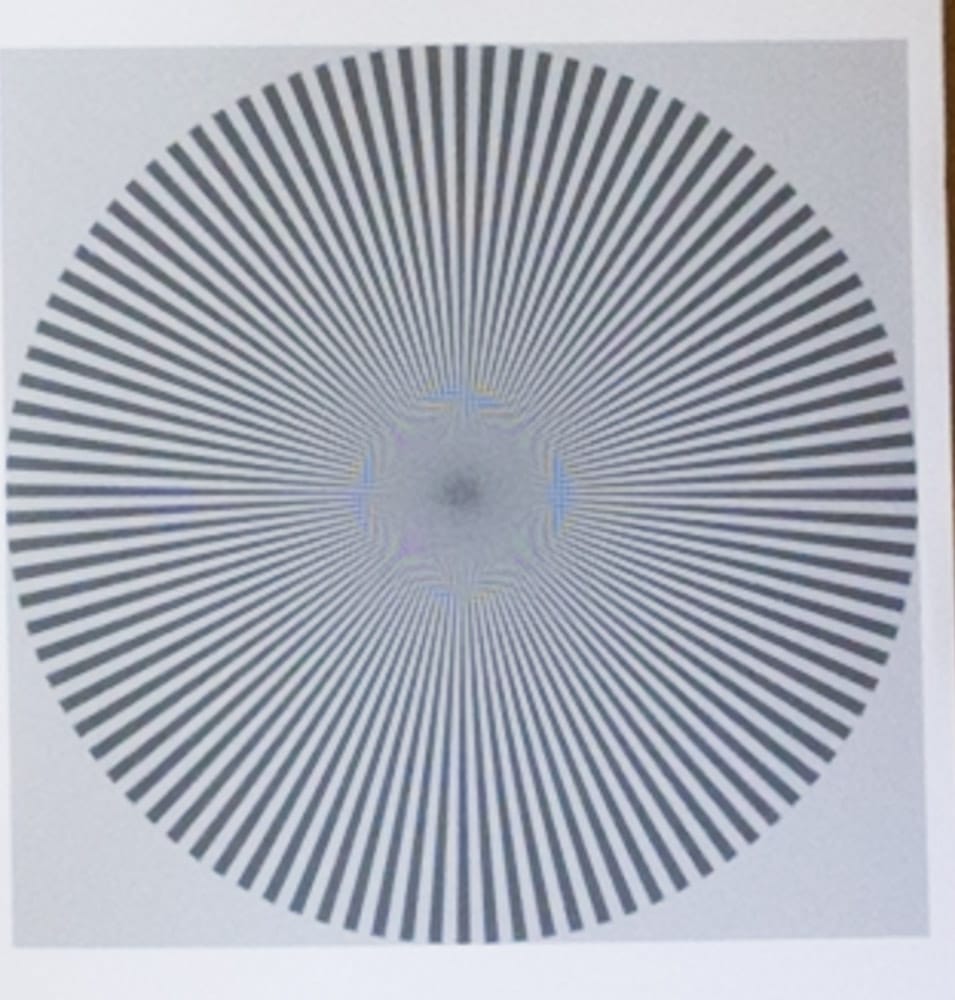
The same.
In the corner:
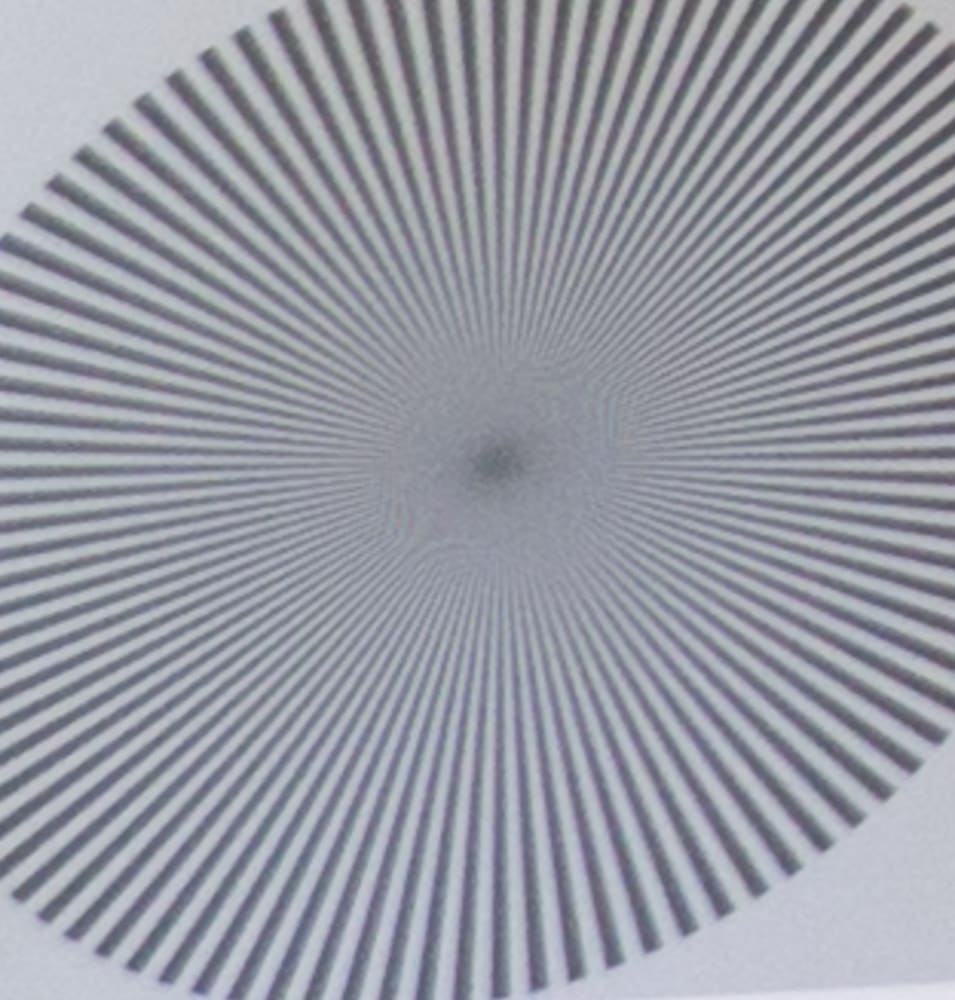
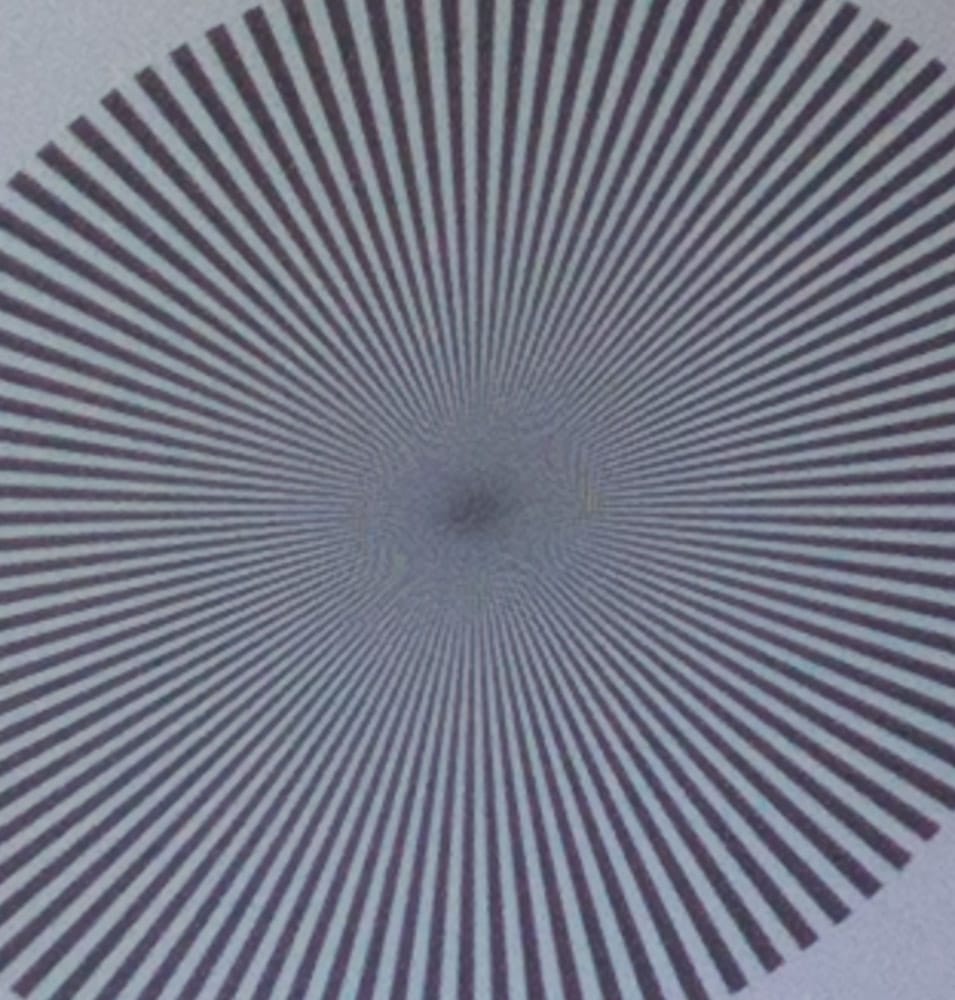
The Loxia is sharper, especially for radial variations. You probably wouldn’t see this difference in noraml photography.
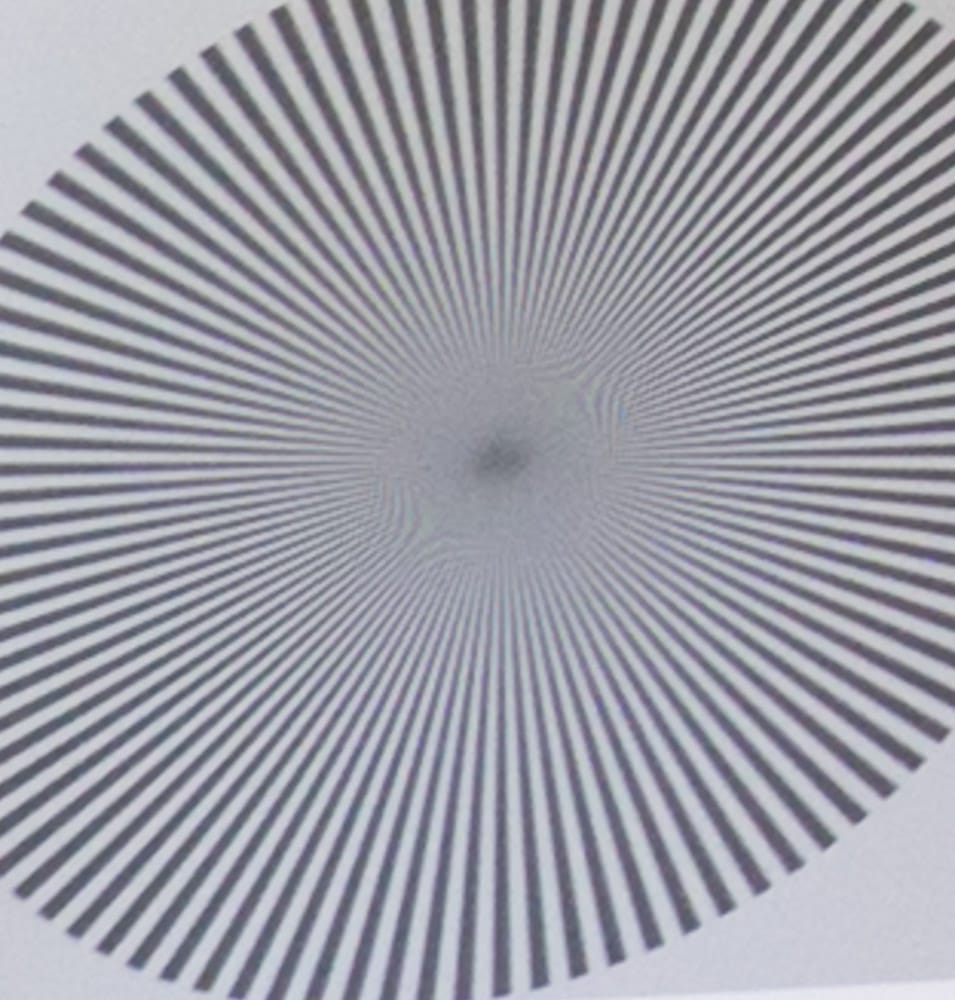
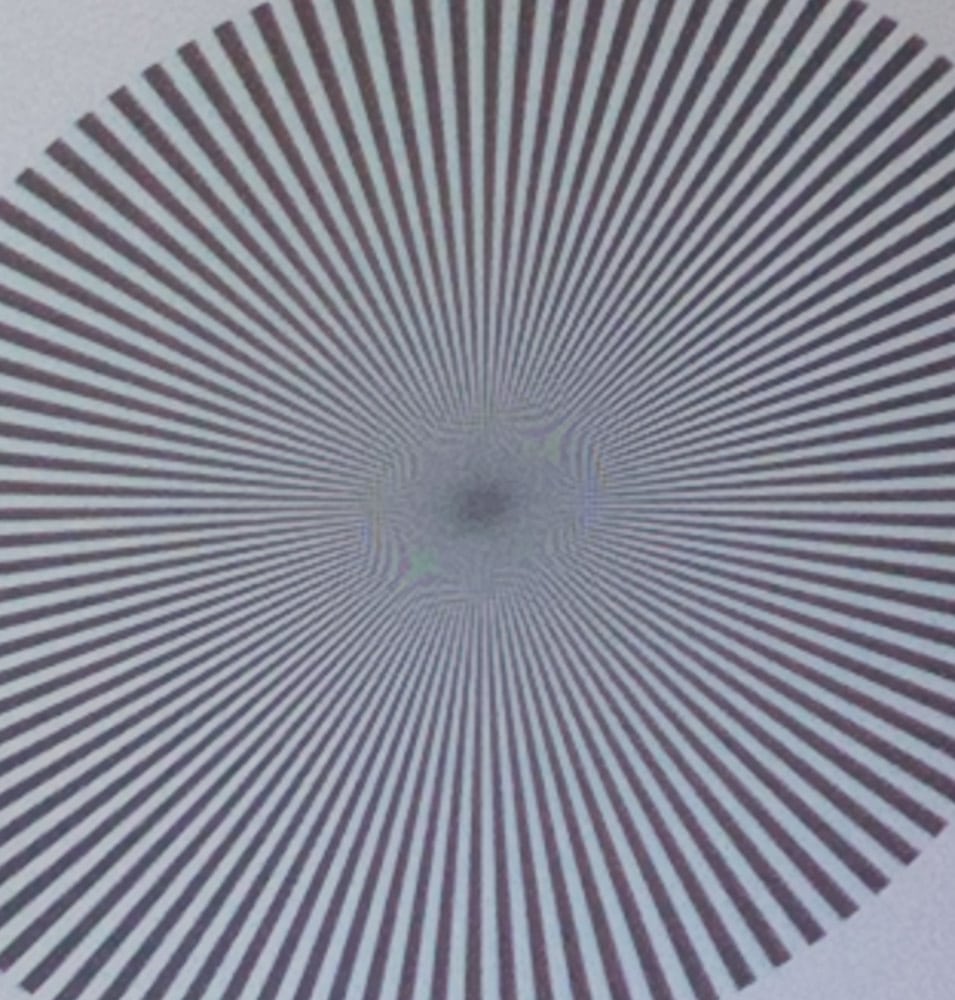
The Loxia is definitely sharper here.
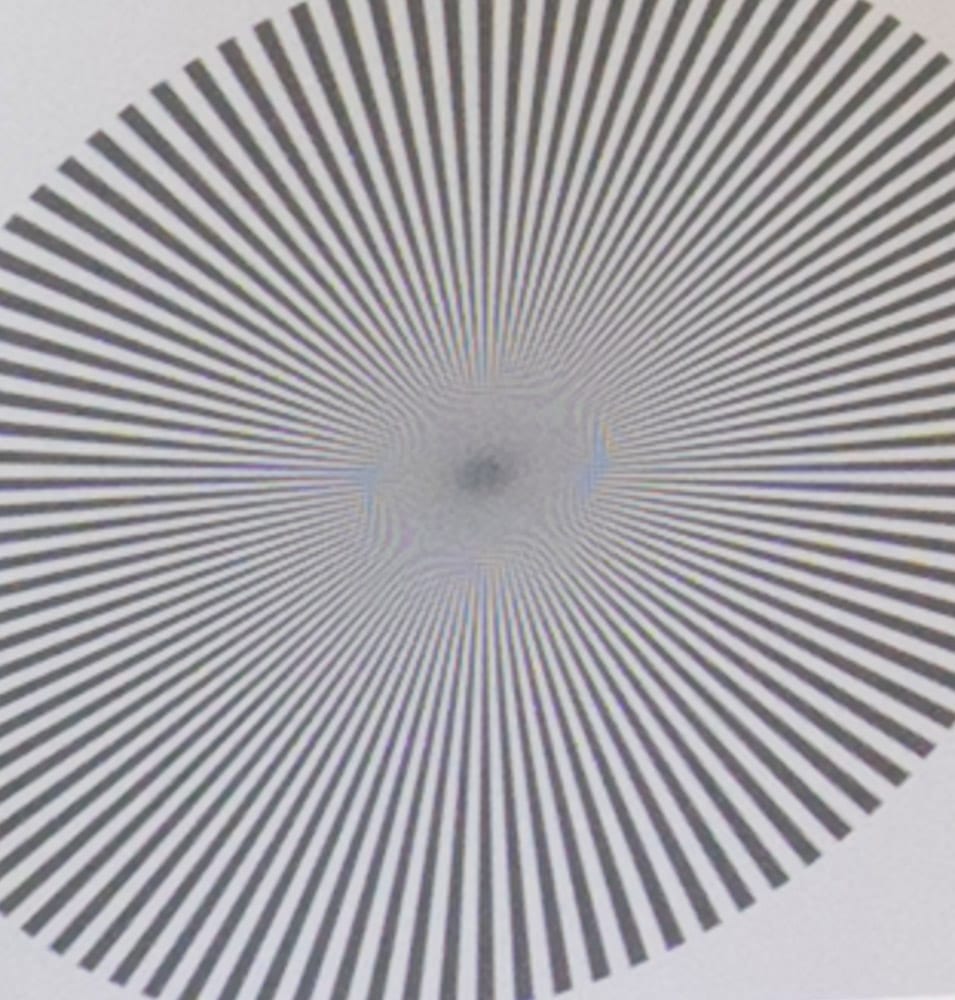
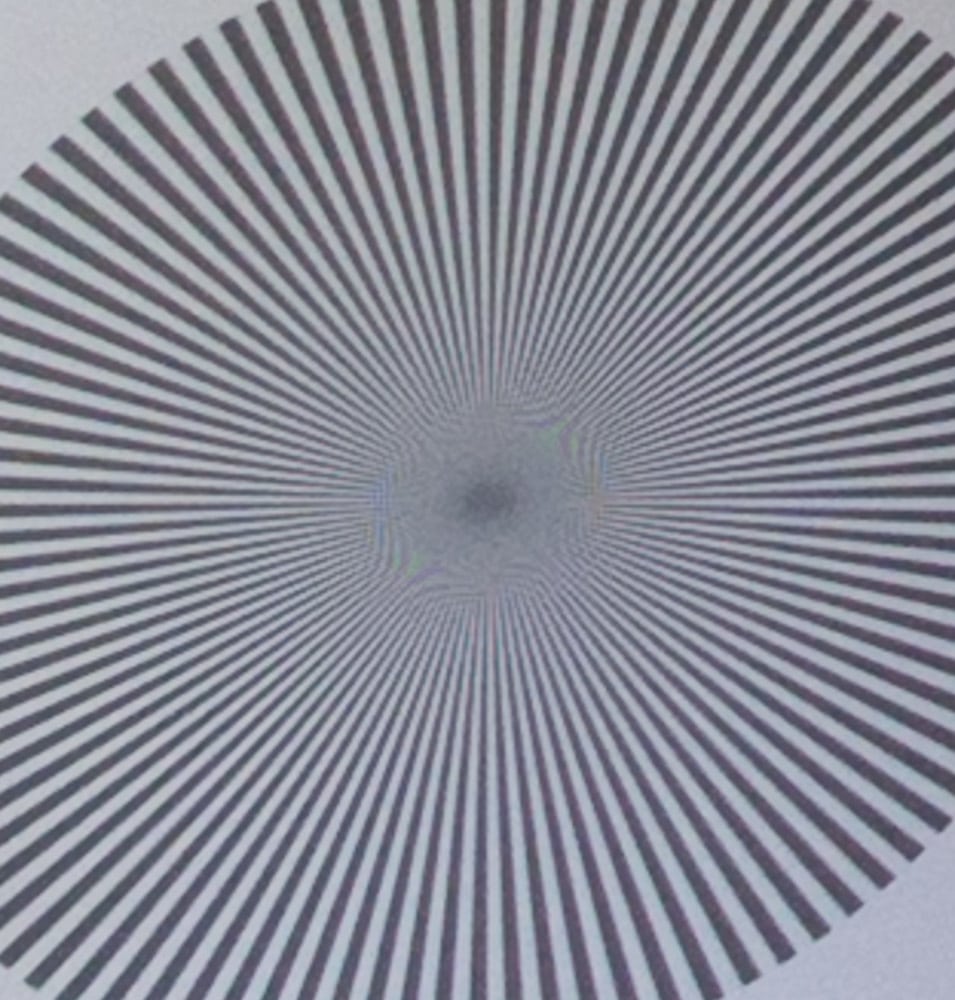
The Loxia wins again.
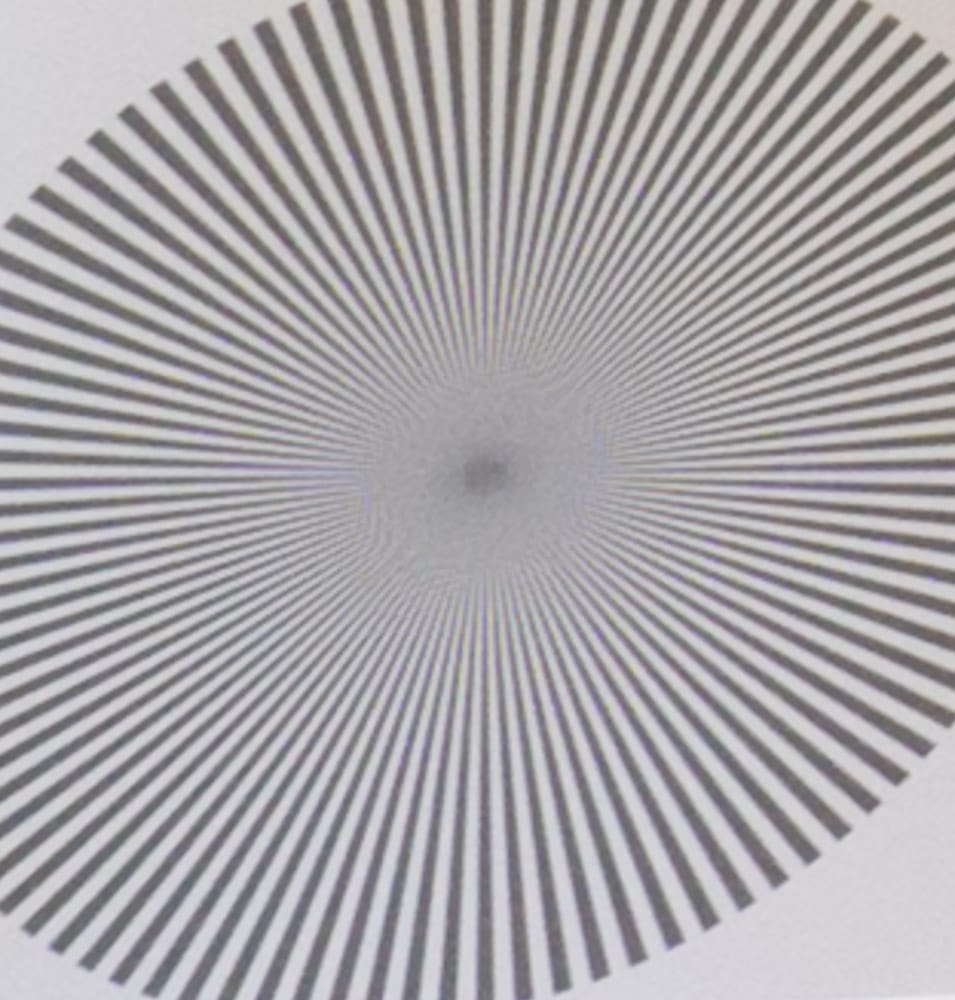
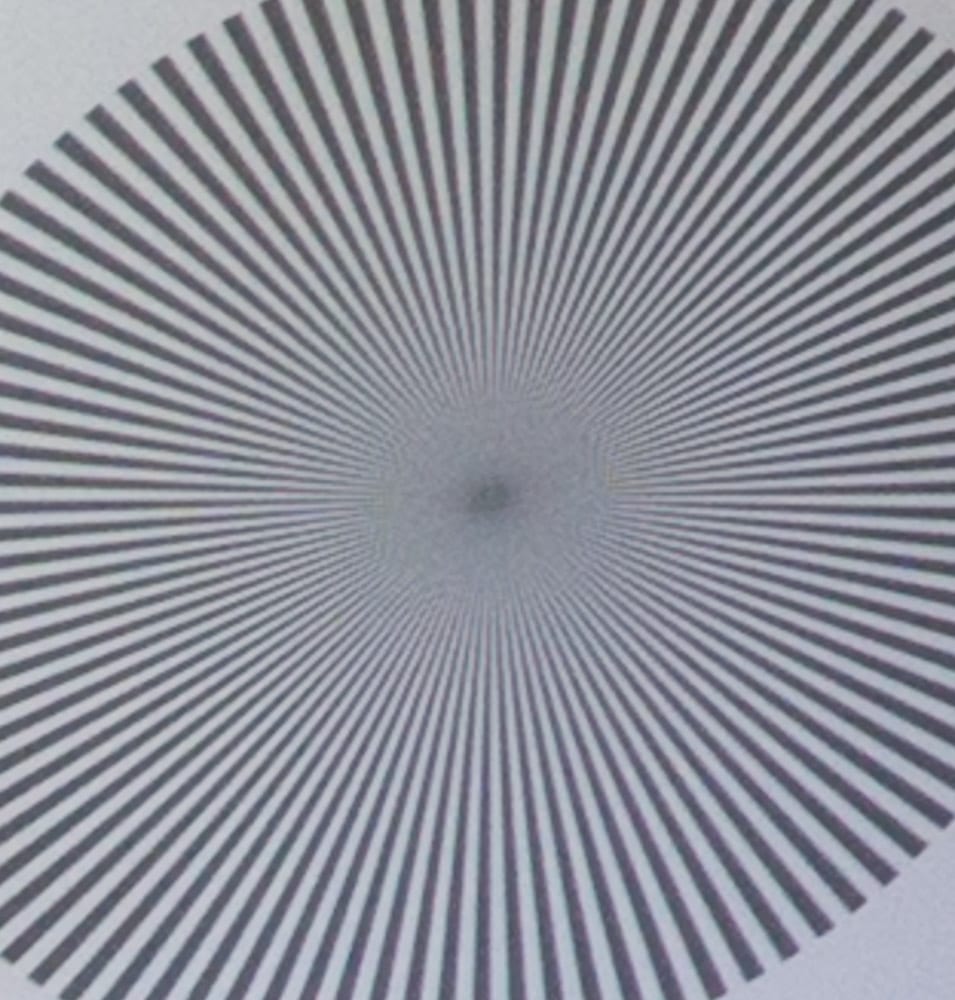
Now it’s very close.
I’m curious why you’re using autofocus for the Sony? Why not manual focus for both? If I’m testing autofocus I’ll use AF-S but when testing optics I always use manual focus, especially if I was comparing against a manual focus lens.
It’s faster, and, with this target, as accurate. And I do shoot three shots in each case, so I can see if there are important differences between them. If there were a lot of scatter in the AF case, I’d see that.
Seems to me it’s adding another variable to what can be a straight forward A/B test. I’m not saying your conclusions are off; they may be totally on point. That said, using manual focus on the exact same point on the star would make it a more apples to apples test and only add a minute or two if you’re popular taking three shots.
Manual focusing is itself a variable. Did you see this:
https://blog.kasson.com/the-last-word/another-medium-tele-test-batis-af-vs-mf/
I can tell you that the kinds of shot-to-shot variations I’m seeing are small.
I don’t know how you could focus on the same point of the star, or of any particular point on the star with these lenses , since the star is so small in the frame. Even at max magnification, it doesn’t fill the finder. You also have to decide which direction (sagittal/tangential) you’re going to optimize in the corners, but that’s not practically a problem with these lenses, although it can be with some wide onoes.
Makes sense. Why? Because manual focus with AF-lenses is not that easy. Focusing throw tends to be to short om many AF-lenses, just as an example.
The amount of aliasing is a pretty decent indication on how good focus is.
I have a slightly different take on this than you do. I find manually focusing AF lenses difficult in real life settings – and therefore use AF 99% of the time – but very easy when it comes to focusing on a Siemens star or an Imatest test chart. Inevitably I get sharper images using manual focus (except in the real world) with less variation between shots since AF doesn’t always identify the point of optimal focus well.
I’ll concede your point about focus throw
If you look at how similar the f/4 and f/5.6 center shots are, you can see that the images are critically focused in both the MF and AF cases.
I wasn’t actually questioning your results. Only asking your thoughts on whether testing a manually focused lens against one using autofocus would give you the cleanest results.
You asked some questions earlier (where would I focus, sagittal/tangential, etc) and my response to all those questions would be to simply focus the Sony lens the same way you focused the Loxia, since it seems like you had to make those same decisions for the Loxia and had no issues focusing it.
I’m not trying to debate the pros and cons of manual vs. autofocus or tell you your results are off. I just think using manual focus in a comparison of an AF vs. manual focus lens would be cleaner from a purely theoretical, apples to apples standpoint. If you’re happy with the methodology than so am I.
I used to focus manually with the a7x cameras, but I’ve determined that I can get the same results faster with AF.
The bottom line seems to be you are not giving up much IQ with the Sony to get a cheaper lens with AF and f/1.8 when you need it. Am I correct, Jim.
Yep.